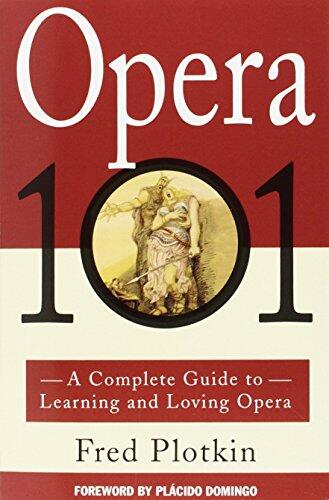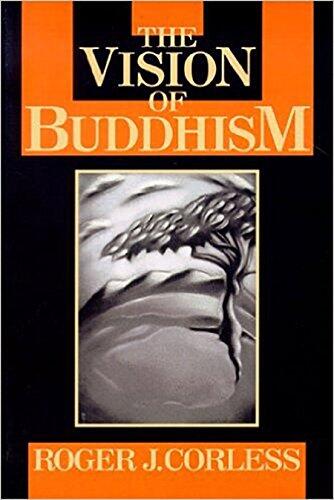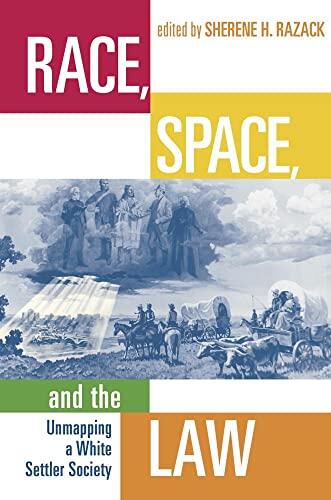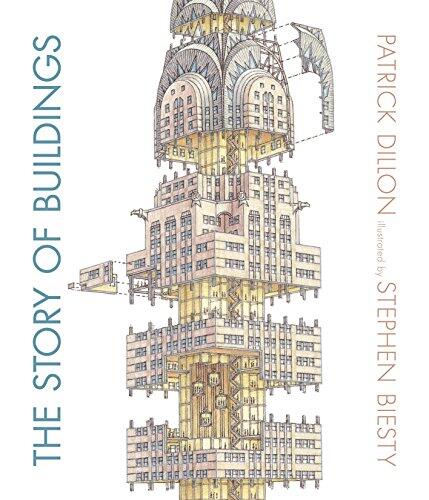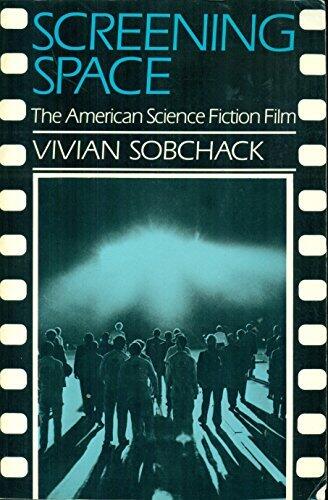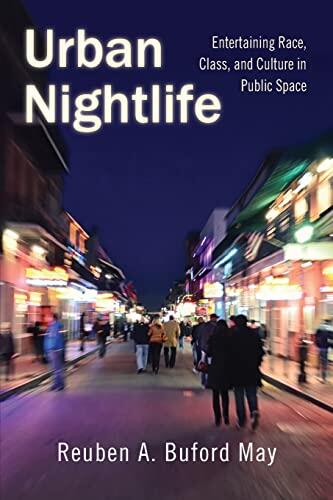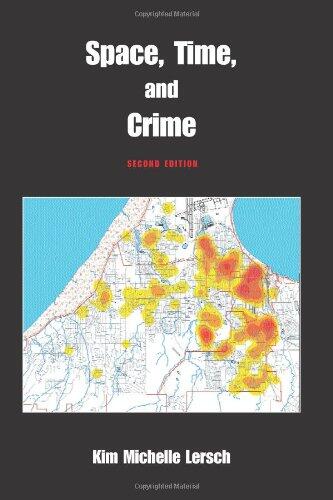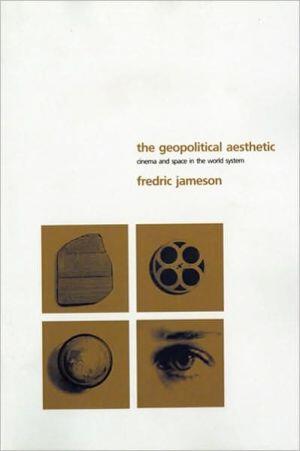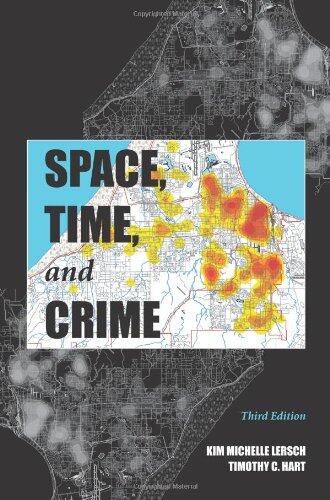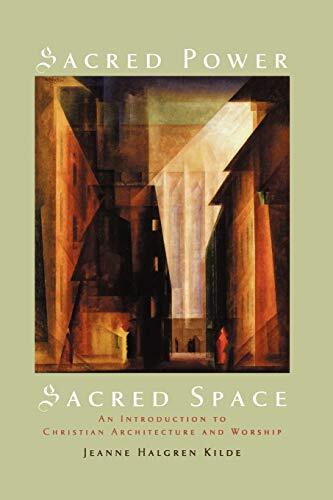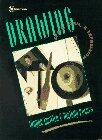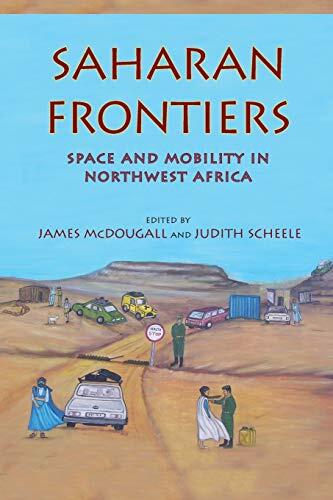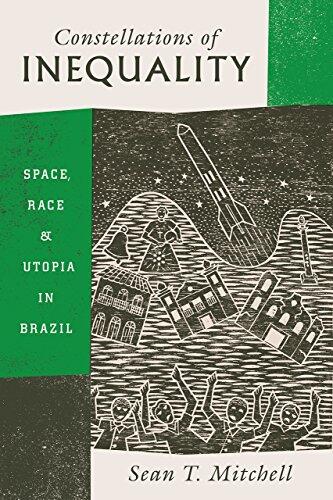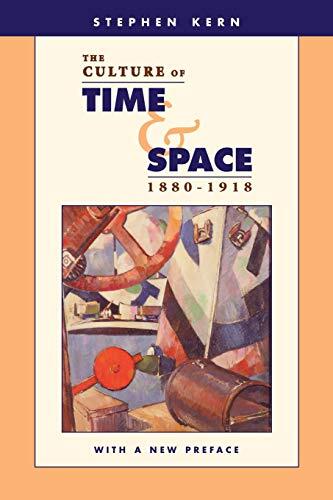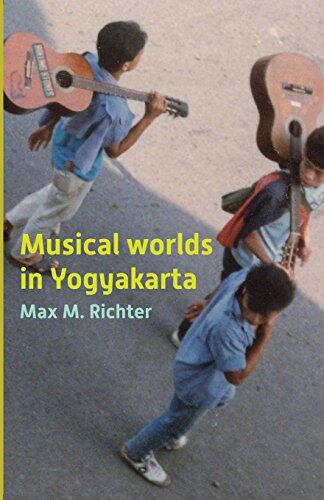
Musical Worlds of Yogyakarta
بواسطة
Max M. Richter
لا توجد تقييمات بعد
History
تنسيق
غلاف ورقي
صفحات
224
لغة
الإنجليزية
منشور
Oct 5, 2012
الناشر
Iseas-Yusof Ishak Institute
رقم ISBN-10
981441445X
رقم ISBN-13
9789814414456
الوصف
In "Musical Worlds of Yogyakarta," readers are transported into the vibrant and diverse soundscapes of one of Indonesia's cultural heartlands. Max M. Richter masterfully explores the intricate musical traditions that shape the identity of Yogyakarta, a city renowned for its rich artistic heritage and dynamic cultural practices. Through meticulous research and vivid descriptions, the author captures the essence of local performances, rituals, and the various instruments that bring this musical world to life.
Richter delves into the historical context of Yogyakarta's music, revealing how it has evolved over the years while remaining deeply rooted in its traditions. He emphasizes the importance of these musical forms in social and communal life, illustrating how they foster connections among the people and express their collective stories. Each chapter unfolds unique aspects of Yogyakarta's musical identity, from traditional gamelan ensembles to contemporary innovations that challenge and expand the boundaries of genre.
Overall, the work is a celebration of rhythm, melody, and the cultural richness of Yogyakarta, inviting readers to appreciate a world where music transcends mere entertainment and serves as a vital expression of heritage and identity. With nuanced observations and captivating narratives, Richter invites enthusiasts and scholars alike to immerse themselves in the melodies that resonate through the streets of this remarkable city.
Richter delves into the historical context of Yogyakarta's music, revealing how it has evolved over the years while remaining deeply rooted in its traditions. He emphasizes the importance of these musical forms in social and communal life, illustrating how they foster connections among the people and express their collective stories. Each chapter unfolds unique aspects of Yogyakarta's musical identity, from traditional gamelan ensembles to contemporary innovations that challenge and expand the boundaries of genre.
Overall, the work is a celebration of rhythm, melody, and the cultural richness of Yogyakarta, inviting readers to appreciate a world where music transcends mere entertainment and serves as a vital expression of heritage and identity. With nuanced observations and captivating narratives, Richter invites enthusiasts and scholars alike to immerse themselves in the melodies that resonate through the streets of this remarkable city.
